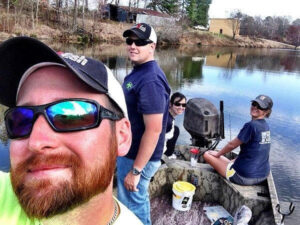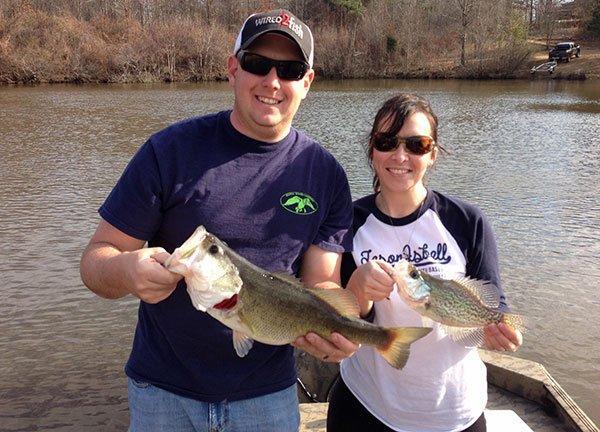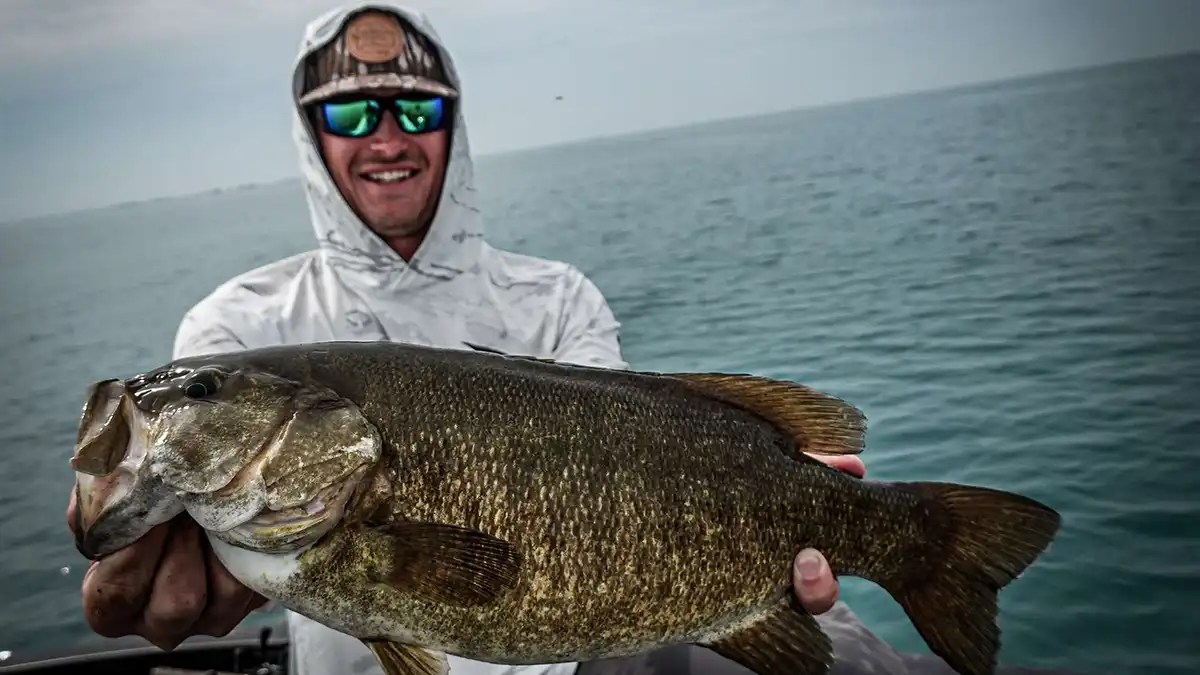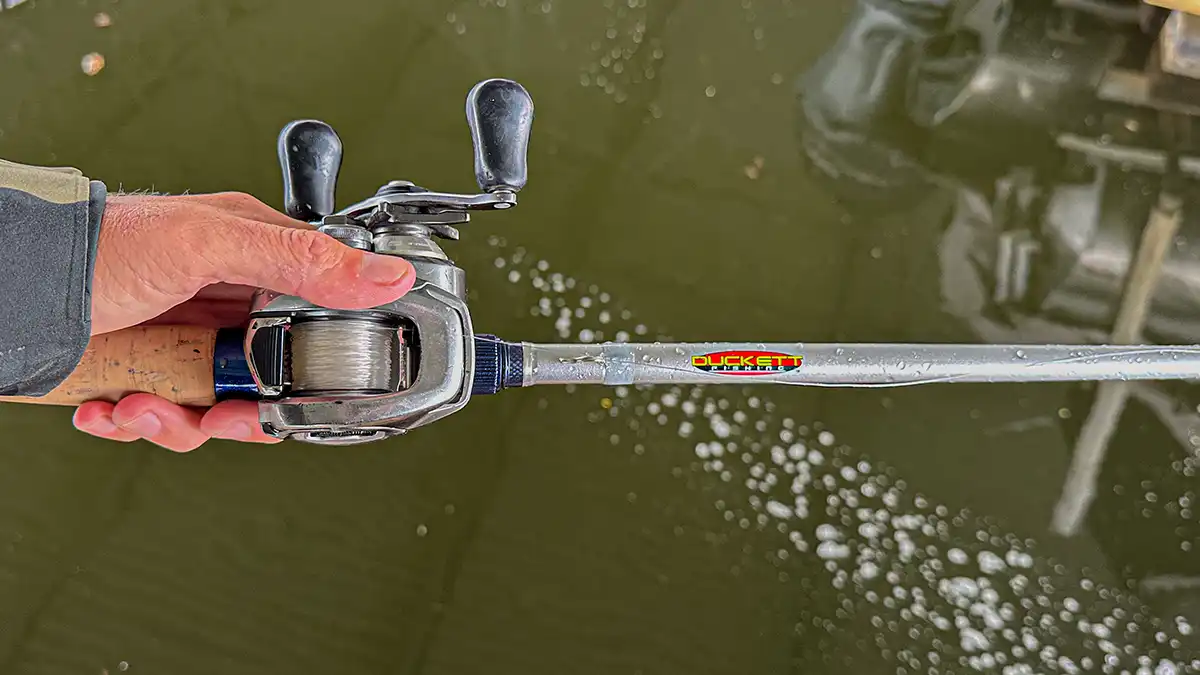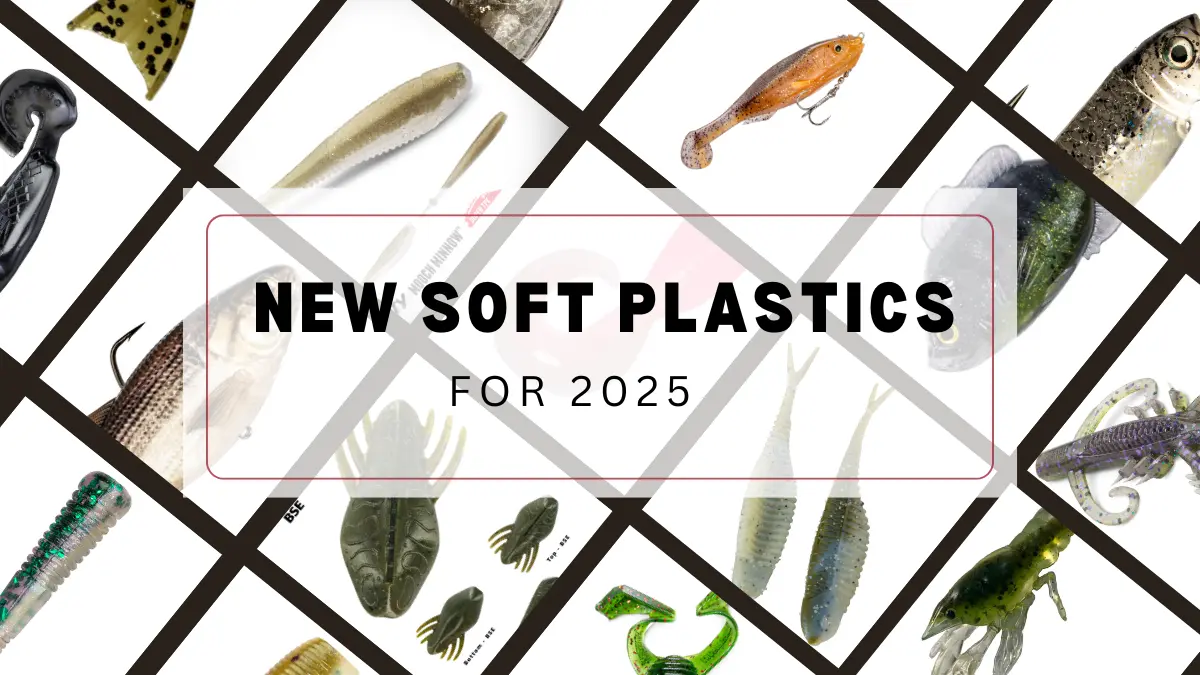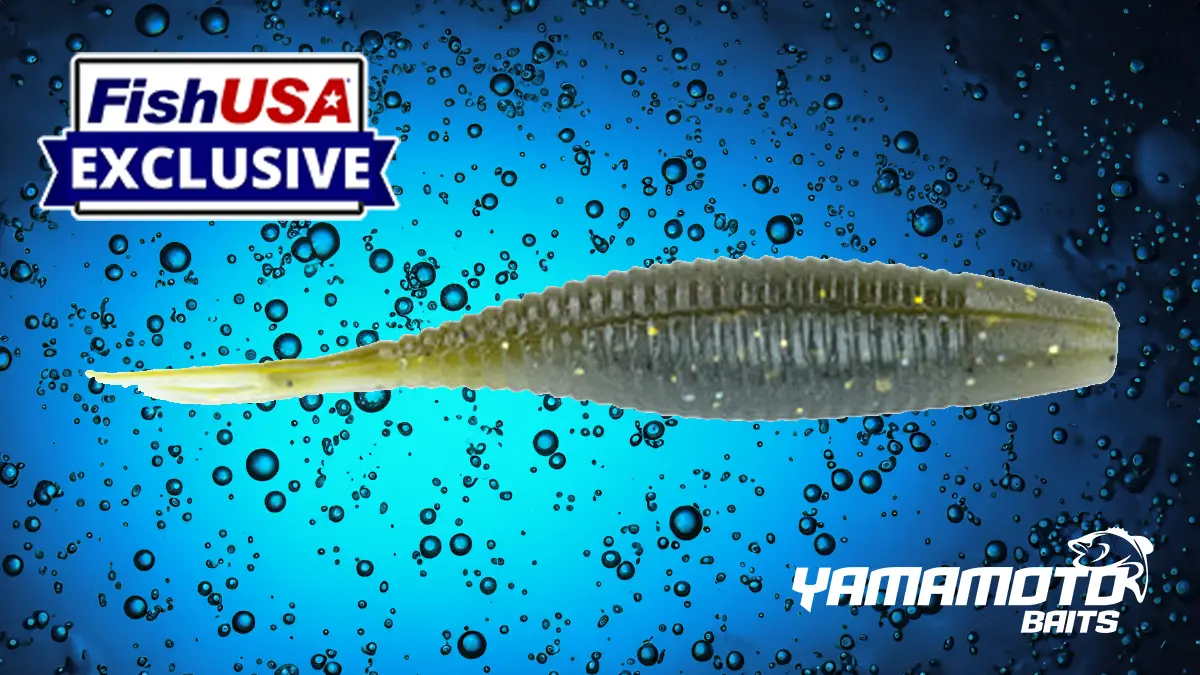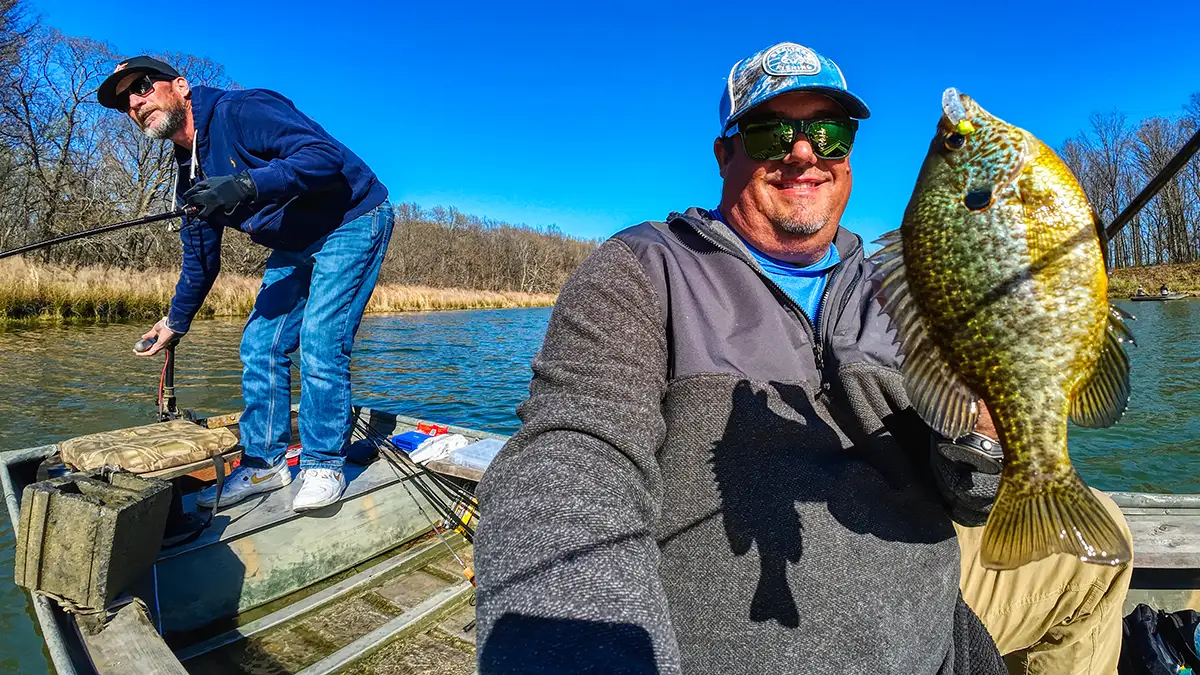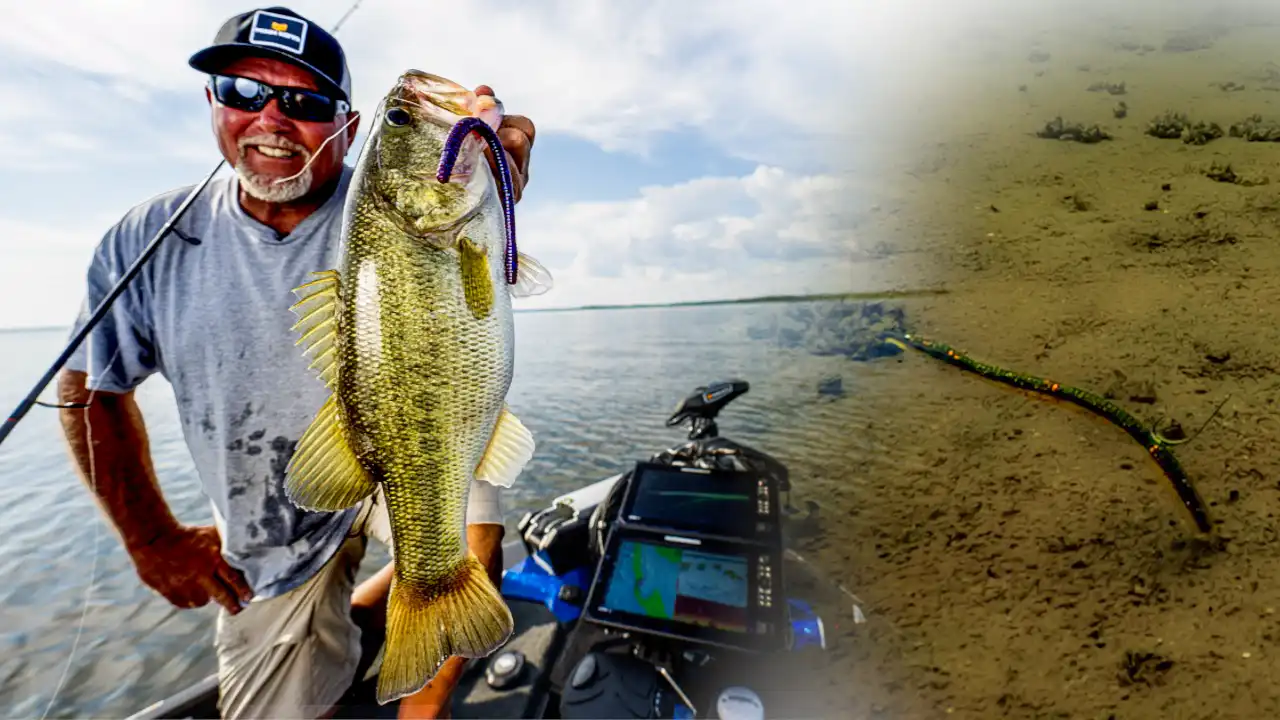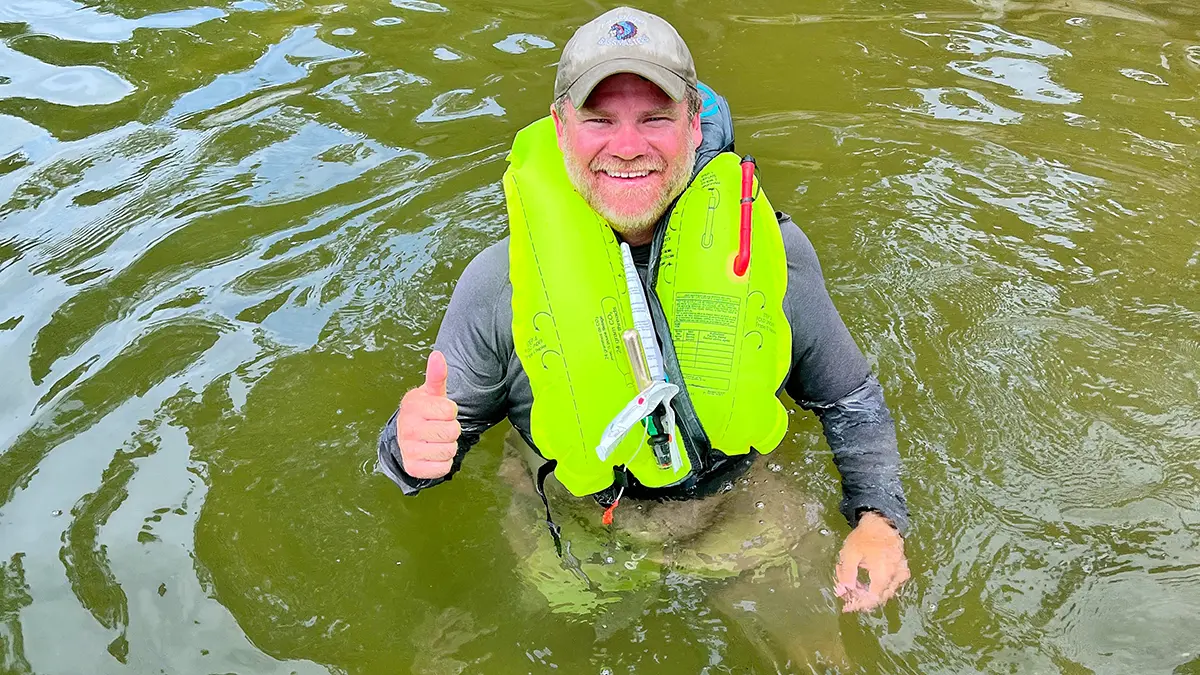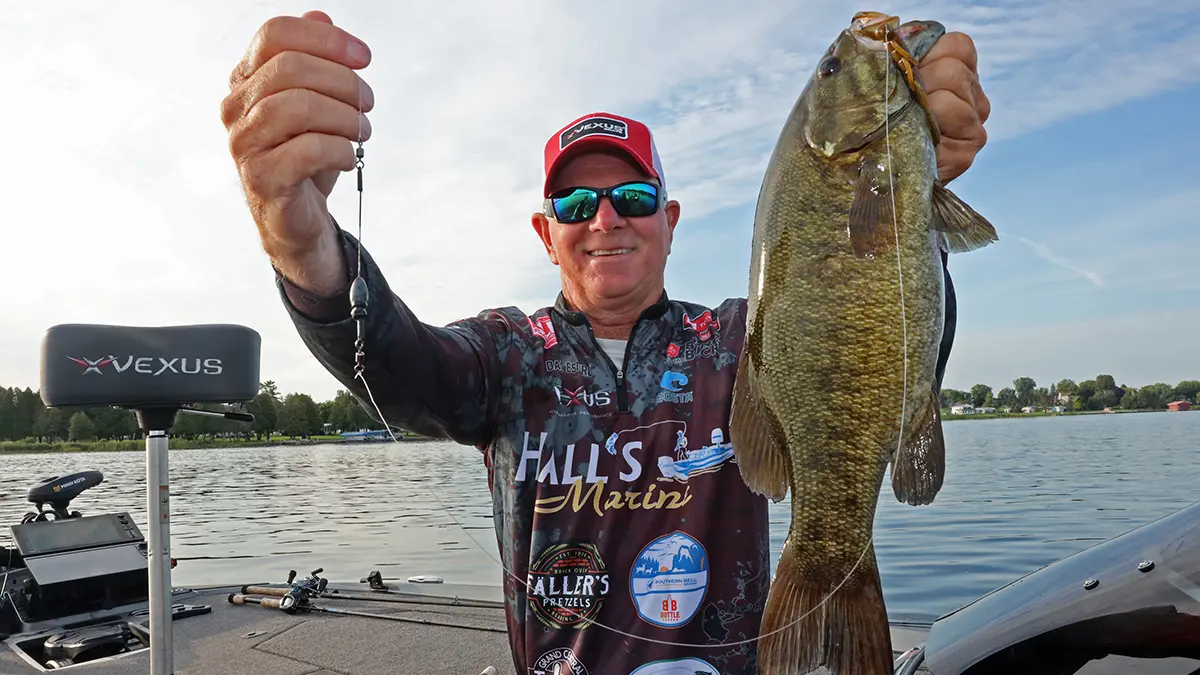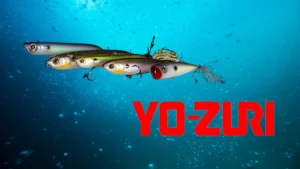There’s a big misconception that fishing in ponds is always a surefire way to catch trophy bass and set the hook until your ribs are black and blue. I’m sure we’ve all had some unforgettable days on small ponds but one thing is for sure—the action can turn off like a light switch under certain conditions.
Although pond fishing may be quite volatile, especially during the transition between seasons, there are five simple things you can do to increase both the quantity and quality of your catch.
1. Kick the old habit
If you fish a pond from a boat—whether it’s a johnboat, canoe or kayak—try to avoid the urge to cast at the bank. Sure, it feels most natural, but there are many situations in which the fish aren’t anywhere near the shoreline. Kicking this old habit can open up a lot of possibilities for you.
Because ponds are much smaller than other bodies of water, they’re very susceptible to even the smallest of weather fronts. The water cools and warms remarkably fast and, not surprisingly, the bass take notice. While targeting the shoreline is certainly effective with stable weather, focusing on deeper structure can result in incredible catches when the Mother Nature throws a curveball.
It’s important to understand that “deep” is a very relative term in this instance. I’m not talking about 25 or 30-foot ledges on the Tennessee River. Instead, I’m referring to small, one to three-foot depressions throughout the pond. These depressions can be found near old creek beds, dams and even the first depth change closest to the shoreline.
To efficiently locate these depth changes, try using bottom-oriented presentations such as Texas rigs, Carolina rigs or small finesse jigs. Drag them very slowly throughout the entire pond and when your line gets tight on the fall, it’s usually indicative of a small depth change. Pay close attention to your bait’s location and use nearby landmarks to mark these areas. This will allow you to come back later in the day and dissect the structure with your favorite pond lures.
2. Smaller might be better
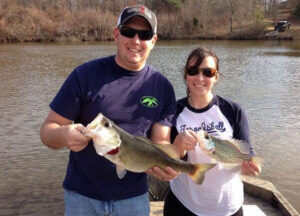
We always hear about the importance of downsizing our presentations when the fishing gets tough on larger fisheries. Everybody has different opinions on this and I’m still on the fence about it—I’ve had mixed results over the years. I do believe, however, that downsizing your tackle can make an enormous difference when fishing small ponds.
If you’re having problems getting bit with your bass fishing gear, don’t be afraid to break out your ultralight combo, six-pound panfish line and crappie jigs. It sounds crazy, but this setup consistently produces giant bass on my favorite local ponds. The reason, in my opinion, is quite simple—pond bass are largely unpressured when compared to lake bass and aren’t used to being air raided with big, bulky baits. The quieter and more subtle you can be, the smaller chance you have of spooking these heavily sheltered pond fish.
When using this ultra-finesse approach, be very mindful of your drag settings. Make no mistake—you will eventually catch a giant bass with this technique, so it’s important to back off your drag to avoid breaking your light fishing line. It’s also important to take your time when fighting a bass with this setup. It’s totally possible to land a double-digit bass with light tackle, but you absolutely cannot horse them. Loosening your drag, keeping a bend in your rod and maintaining a low rod tip will tire a big fish surprisingly quickly.
3. Don’t fear the “T” word
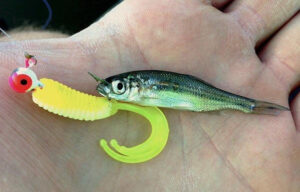
Yes, I know—trolling isn’t allowed in bass fishing tournaments and some people don’t like it. But pond fishing is supposed to be fun. There’s no money on the line, you’re not under any pressure and it’s just fun to feel something tug on your line. So don’t be too proud to troll around in a little johnboat—it’s a great way to catch bass, crappie and even the occasional big bluegill. Not to mention, it will keep beginner anglers interested, excited and intrigued.
My trolling setup consists of three or four Shakespeare Micro Series Spinning Combos you can buy at any major retailer—nothing too expensive. In fact, I think I paid about 20-something bucks for each combo. I like to use 1/16-ounce crappie jigs to avoid hang-ups on submerged cover and I tip them with small, live minnows. The use of bobbers is optional, but they definitely make it easier to detect strikes and control your depth, so I use them more often than not. Your bobber depth usually doesn’t need to be too specific on ponds, so I tend to stick with a two-foot leader to keep things simple and snag-free.
Try not to get too overwhelmed by your trolling speed when you begin experimenting with this technique. I keep my 45-pound thrust Minn Kota Edge on the lowest speed setting, which trolls the johnboat at exactly one mile per hour. If you’re limited to oars, don’t worry– that works as well. As long as your crappie jigs are kicking around, you’re in business.
Bites won’t be difficult to detect whatsoever. As soon as your rod doubles-over, reel as fast as you can until you feel the fish. Once you make contact with the fish, put a little pressure on it with your rod tip and let the fight begin!
4. Utilize different approaches simultaneously

Once you get comfortable trolling, you can also cast your bass fishing rods around while keeping an eye on your bobbers. I’ll admit, this can get a little hectic if you’re fishing by yourself—mainly because trolling catches the heck out of ‘em—so I’d save this tactic for when you have your fishing buddy with you.
This is just another way to put your bait in front of as many fish as possible throughout the day. This time of year when the seasons are changing, both bass and crappie fishing success can become very dependent upon timing. You can fish your pond’s best area three or four times before finally hitting the jackpot on your fifth pass, so trolling around in circles while fan casting bass lures is an excellent way to pick up some big bonus fish.
Because your trolling setup is primarily targeting the more aggressive fish in the pond, I suggest using slow-falling, subtle presentations when casting for bass. My all-time favorite pond setup is a wacky rig, so I’ll toss it around shallow cover while I slowly pull my crappie jigs behind the boat. Just this past weekend, we had four people hooked up—two with bass and two with crappie—at one time while using this tactic. Talk about fun (and hectic)!
5. The sun is your friend
As we discussed earlier, ponds respond very quickly to small changes in temperature, making it very important to focus on the sunniest banks upon your arrival. This time of year largely revolves around finding the warmest water temperatures available and it’s a safe bet that the sunny banks will play host to much more favorable fishing conditions.
I make this mistake a lot. I slide the johnboat into the water, which happens to be the shady side in the afternoons, get lazy and start fishing the shade. I’ll meander down the shady bank and the next thing I know, I’ve waited too late and the sunlight is gone. The water on the previously sunny side will still be a bit warmer, but the bass won’t be holding as tight to cover. In small ponds, roaming bass are notoriously tough to catch.
When you target the sunny side of your favorite pond, your chances of catching a giant will increase dramatically. The forage—whether it’s bluegill, small crappie or baitfish—will take advantage of this warmer water and as we all know, big bass aren’t going to be far from an easy meal. The sunlight will also heat up any rocks or gravel in the pond and allow the bass to regulate their body temperatures and feast on crawfish that come out to feed on the warm rocks.
Fishing in ponds is some of the most fun an angler can have, but it’s important to remember the challenges and caveats that accompany this style of fishing. The fish may act a little funky in the coming weeks and months as we transition to spring, but these tips will certainly help you catch more and bigger bass when the bite gets tough.
